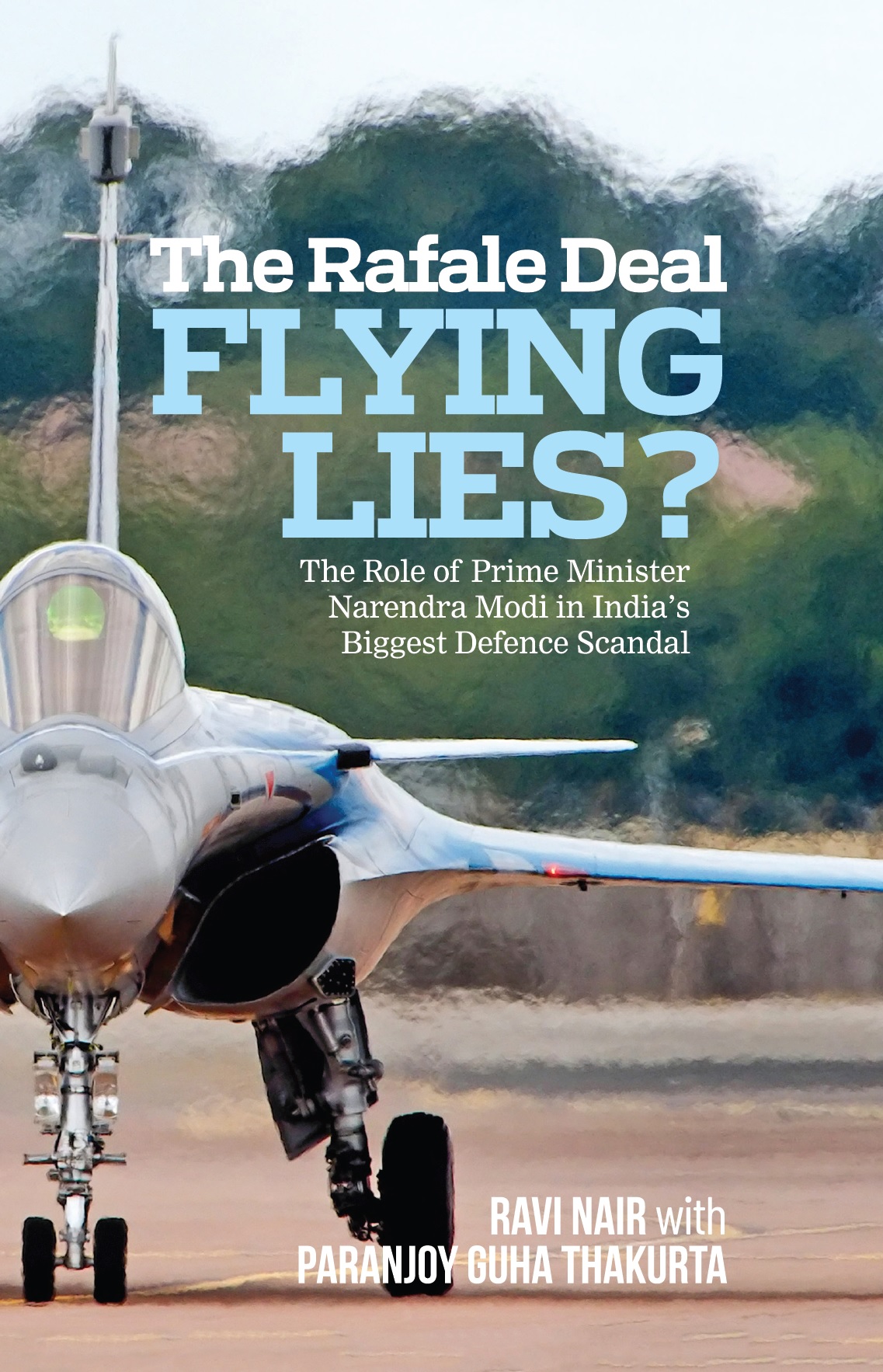Union budgets in India are not bland statements of accounts. Budgets are much more than the balance sheets of income earned and expenditure incurred by the central government. Budgets are important occasions for the finance minister of the day to outline his government’s political and economic strategies. Budgets are often less about numbers and much more about atmospherics.
As a statement on the country’s political economy, Arun Jaitley’s third budget for the coming financial year starting on All Fools’ Day was a clear attempt at an image makeover for the Narendra Modi government and the Bharatiya Janata Party. The budget seeks to counter the perception that this is a suit-boot ki sarkar, an image that has been sought to be assiduously propagated not just by the vice president of the Indian National Congress, Rahul Gandhi, but by every political opponent of the BJP. The electoral outcome in Bihar made it apparent that Prime Minister Narendra Modi’s popularity in rural areas had diminished considerably.
There were other reasons why it had become increasingly important for the BJP to portray itself as a party that promoted the interests of the poor and not just brahmins (upper castes) and banias (read, traders and industrialists). There has been widespread agrarian distress across at least half the country on account of two successive deficient monsoons. The government has no choice but to repeatedly emphasise its pro-peasant credentials. Otherwise, it would lose popularity even faster than it already has.
The kind of rhetoric witnessed during the finance minister’s budget speech on Monday — about how the government’s heart is bleeding for the farmer in the field and the indigent woman whose lungs are getting damaged as she cooks for her family on a smoky chulha — are almost certainly to be repeated a year down the line and again in February 2018 as anti-incumbency sentiments inevitably rise.
After the Prime Minister trashed the Mahatma Gandhi National Rural Employment Guarantee Act as a “living monument” to the failure of Congress governments, Mr Jaitley now says he will allocate the “highest ever” expenditure of Rs 38,500 crore in the coming year on the 10-year-old job-creating scheme. This claim is factually incorrect if one adds pending liabilities that are outstanding to budgetary outlays on the MNREGA. The finance minister has also been clever in using his “sleight of hand” to move outlays from one ministry to another to show how the government is spending more on agriculture, irrigation, village roads and rural development.
Mr Jaitley expended considerable time and effort in his budget speech on what his government is doing (and what it will be doing) to improve higher education, enhance skills, strengthen the infrastructure and spur investment to create jobs, even as he elaborated on Mr Modi’s pet themes of good governance and ease of doing business and his pet themes of fiscal discipline, reducing litigation and providing certainty in taxation policies.
If one merely heard the first hour of the budget speech, one may have been tempted to think that Mr Jaitley had turned populist with a vengeance, spewing out phrases that would do a socialist proud. But that’s hardly the case. Many of the policies outlined in the budget would have pleased Margaret Thatcher and Ronald Reagan no end, had they been around.
The budget delineates a clear strategy to raise resources in large amounts not only by divesting its shares in central public sector undertakings but also by privatising such enterprises — described as “strategic sales” in bureaucratic parlance. The finance minister has stated that PSUs would be “encouraged” to “divest individual assets like land, manufacturing units, etc. to release their asset value for making investments in new projects”. This strategy is bound to be politically contentious even if the government appears determined to pursue it.
During the current year, the government had hoped to raise Rs69,500 crore through the proceeds of divestment but will eventually manage to obtain only around Rs25,000 crore. Reason: unfavourable market conditions leading to the government’s money moving from one pocket (mainly, the Life Insurance Corporation) to another (the Consolidated Fund of India). It is not clear if such a strategy will work again as there is no guarantee whatsoever that market conditions will improve significantly during 2016-17. But Mr Jaitley clearly believes there is no harm thinking big.
The finance minister doesn’t like his proposal to provide a “compliance window” of four months to persons with “undisclosed income” to come clean after paying a tax of 45 per cent without fear of prosecution, to be described as a scheme of “tax amnesty” or “voluntary disclosure of income”. But that is exactly what the scheme is all about. What Mr Jaitley did not mention was the “moral hazard” embedded in the scheme, namely, that it would discourage honest taxpayers.
At the time of writing, the government seemed poised to backtrack on its proposal to tax 60 per cent of the funds withdrawn by an employee from her or his provident fund and also the proposal to place a cap of Rs1.5 lakh on the tax-exempted amount contributed by an employer to an employee’s provident fund account. Clearly, Mr Jaitley should have realised how this move would antagonise the salaried sections while yielding little to the exchequer by way of additional revenue.
There are many questions that arise if one goes through the fine print of the budget documents. If the government is keen on developing the infrastructure, why is capital expenditure in 2015-16 expected to be lower than what had been budgeted for and why has this figure kept at a similar level in 2016-17? Will the government be able to cut allocations on food and fertiliser subsidies as it has proposed? Why has expenditure on the Integrated Child Development Scheme cut when the Supreme Court has suggested that the programme be expanded?
Why has the finance minister assumed that total collections of service tax will hardly go up next fiscal year? Whereas total tax collections in the current year are expected to rise by 17 per cent, in the coming year, the rise is projected at only around 11 per cent although gross domestic product (GDP) in real terms is slated to go up by around 7 per cent and inflation contained at around 4 per cent. Are these assumptions realistic? No, in all probability, especially since the country may not benefit from low international prices of crude oil as it has over the last 20 months.
But then, Mr Jaitley, like his predecessors before him, including Palaniappan Chidambaram, are paid by the Indian taxpayer to be optimistic.


